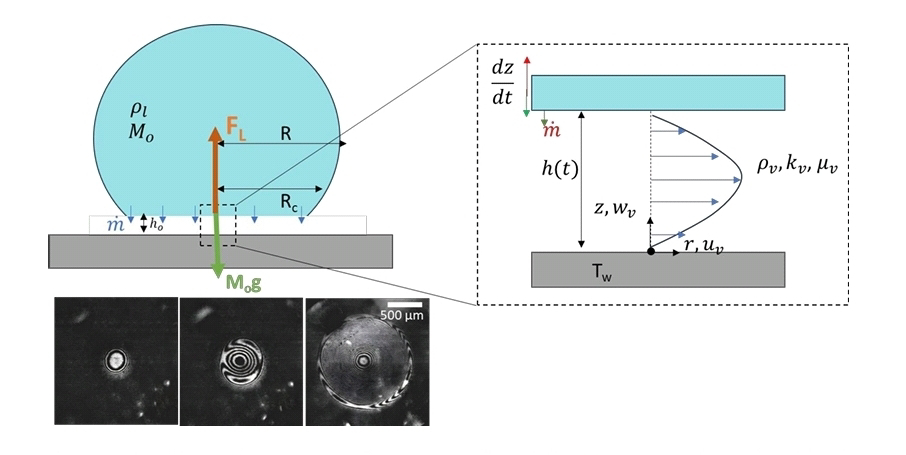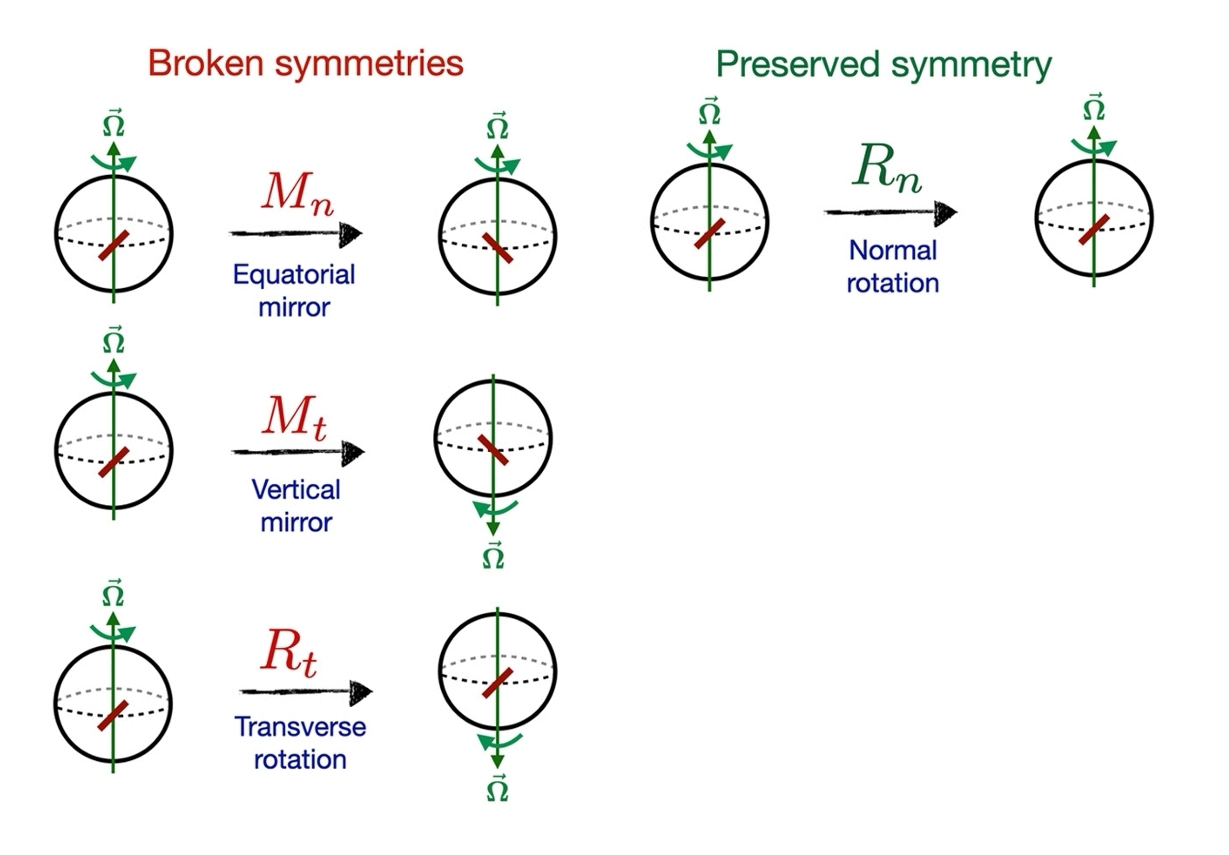AA << consider a system of connected rubber balloons that can be described by a Preisach model of noninteracting hysterons under pressure control but for which the hysterons become coupled under volume control. >>
<< Changes in the transition graphs turn out to be related to changes in the topology of the configuration space of the balloons, providing a particularly geometric view of how transition graphs can be designed, as well as additional information on the existence of hidden metastable states. This class of systems is more general than just balloons. >>️
Gentian Muhaxheri and Christian D. Santangelo. Bifurcations of inflating balloons and interacting hysterons. Phys. Rev. E 110, 024209. Aug 16, 2024.
Also: transition, in https://www.inkgmr.net/kwrds.html
Keywords: gst, balloons, bifurcations, hysteresis, hysterons, transition



